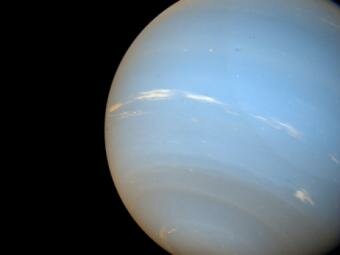A team of mathematical experts have said that 1729, which is also known as the Ramanujan-Hardy number, is linked to aspects of string theory and...

On the occasion of 26th anniversary of Voyager 2’s historic Neptune flyby, Jim Green, director of NASA Planetary Science Division has asked Jet Propulsion Laboratory (JPL) of the agency to look into possible flagship missions to either Uranus or Neptune or both.
In NASA’s solar system exploration program, flagship missions are the biggest and most expensive, following which come other two mission classes out of which one belongs to the medium cost New Frontiers class and the other to lowest cost Discovery program.
Green made this announcement during NASA’s Outer Planets Assessment Group meeting. This meeting figures out the priorities and possibilities for outer solar system exploration. As per his estimations the mission is expected to cost $2 billion.
A planned Neptune mission named Argo was cancelled two years ago because the space agency did not have access to sufficient plutonium to power the projected spacecraft. After that NASA got funding for more plutonium, bringing back hopes for a new outer solar system mission.
Between 2015 and 2020, Argo could have made the use of a special launch window, and planetary alignments would have made it possible for the spacecraft to get gravity assistance from both Jupiter and Saturn. As a result of which it would have been enabled to reach Neptune within 10 years of launch.
According to JPL’s Candice Hansen, as it’s too late to take advantage of that opportunity now, NASA’s Space Launch System (SLS) rocket is in the process of developing. It would be helpful as it could considerably speed up travel time to Uranus and Neptune without any requirement of gravity assistance.









